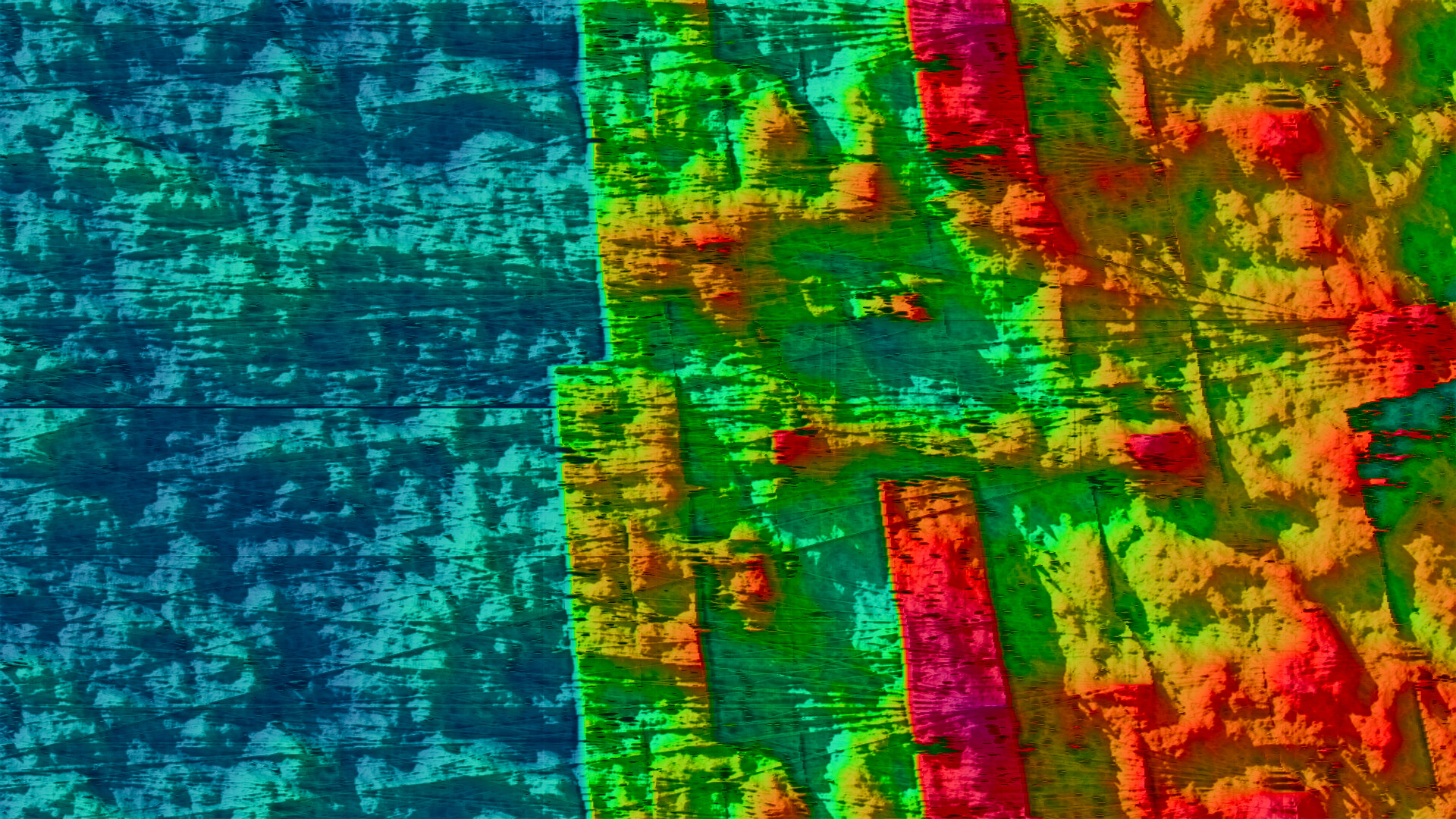Ever since I learned that Wordle’s answer words are predetermined, and saw with my own eyes the list sitting there in the source code, I’ve felt less supertitious about the game. Each morning I would do the Wordle and see in my guesses an omen for the day. One day my guesses were: horny, itchy, lumpy, pervy, and poopy. I imagined that a person chose the Wordle each day, and thus I considered most of my guesses bad guesses because I thought a person wouldn’t choose those words to have the world guess. Once I knew that the predetermined answer list was 2,315 words long, I knew that it had to have been randomly generated.
People who talk about wildlife as portents get on my nerves because I think the same way. Birds have a way of being carrier pigeons even when they’re not. Notice what people notice about a creature when it swoops into their attention. “It must’ve been hunting,” was what one of us said about the hawk that perched briefly in front of us. We saw it, I noticed, and then we very quickly had no comment.
Out my window is a peak that looks like two: like the upper edge of a bull’s head, but it’s called Grizzly Peak. In the morning, when the light is oblique, it looks more like a bowl that’s mostly hidden by its rim, which makes one peak look closer and smaller, and the other, larger and more distant. The rest of the day, the sun falls more or less along my line of sight onto the mountain, rendering everything flat. Sunset is a red curtain moving up its flanks, with few shadows.
I’ve been trying to create images of “alien landscapes” from satellite-captured elevation maps of Earth. The further into the process I get, the more I become concerned with certain kinds of fidelity to the source data. First I apply a color gradient devoid of earth tones. The next step is to create a hillshade, so that the terrain appears as if illuminated, or, put another way, to create the illusion of terrain with shading. One first picks a direction and angle of light, or several. Every position of the “sun” reveals some features and hides others. There’s a technique of layering multiple hillshades lit from different angles to produce a composite hillshade that reveals as much detail as possible. These lights can’t be complements; if you combine three hillshades lit 120 degrees from each other, the result will be destructive interference that produces almost no relief at all.
One morning, a bit of schmutz floated in my peripheral vision, which was actually a shadow moving on the window and becoming light, which was actually a murmuration of starlings, twisting over the foothills leading up to the double peak. There was some time I had no idea what I was looking at, and then I knew the kind of phenomenon I was watching, but it never became a recognizable shape, or became recognizably a type of object. One moment there was a collection of shifting black dots, the next, a glistening, waving surface. A certain kind of birder jokes about shooting enough starlings to make pie. As an “invasive species,” they collect the logic of anti-immigrant racism. Where H.P. Lovecraft sublimated his racist fear, birders are working in the other psychic direction, from birds that are rarely distinguished as individual birds, almost always appear as a large flock that moves like an organism, and whose voices are liquid and prone to mimickry. Even the octopus, while alien in its form, movement, and intelligence, is recognizably an individual.
There’s a theory that the appearance of the kind of alien who abducts in pop culture, and in abduction memories, is an infantile memory of the imprinted face, and looks so–what big eyes, what a terrible nonexistant mouth–because the peculiarities of an infant’s vision at that time make it impossible to focus on the face. An owl is another popular culprit for what the myth/memory is “really” representing.
Recently, I saw an especially large owl in the woods in the daylight. Its eyes, and so its head, followed us, looking at once forbidding and frightened. Its face looked like emanata signifying hypnosis. It was difficult to look away. We were on the way back down a muddy path. On the way up, people had warned us in ambiguous ways about how sticky and slippery it was. My friends were taking turns carrying their daughter with them in a backpack, and while they tried to avoid the mud that could easily bring them and the backpack crashing down, they weren’t turning around. On the return trip, one of my friends said to a group of people on their way up: “If you think you’ve gotten through the worst of it, you haven’t.” This was supposed to be a joke.
